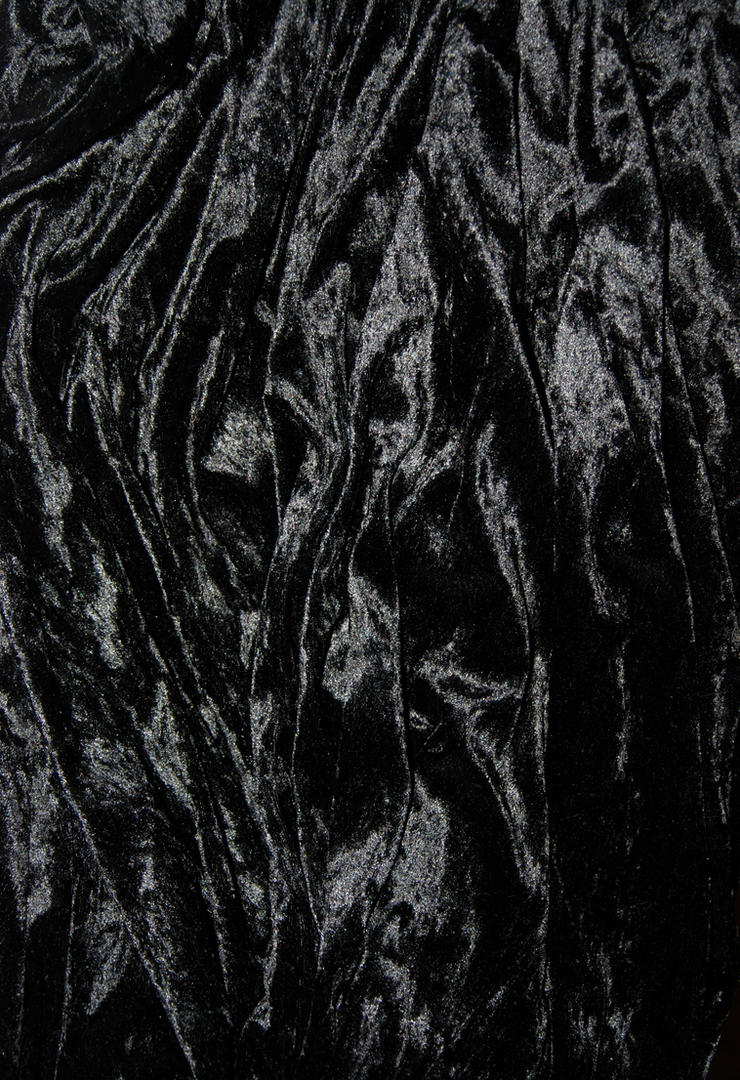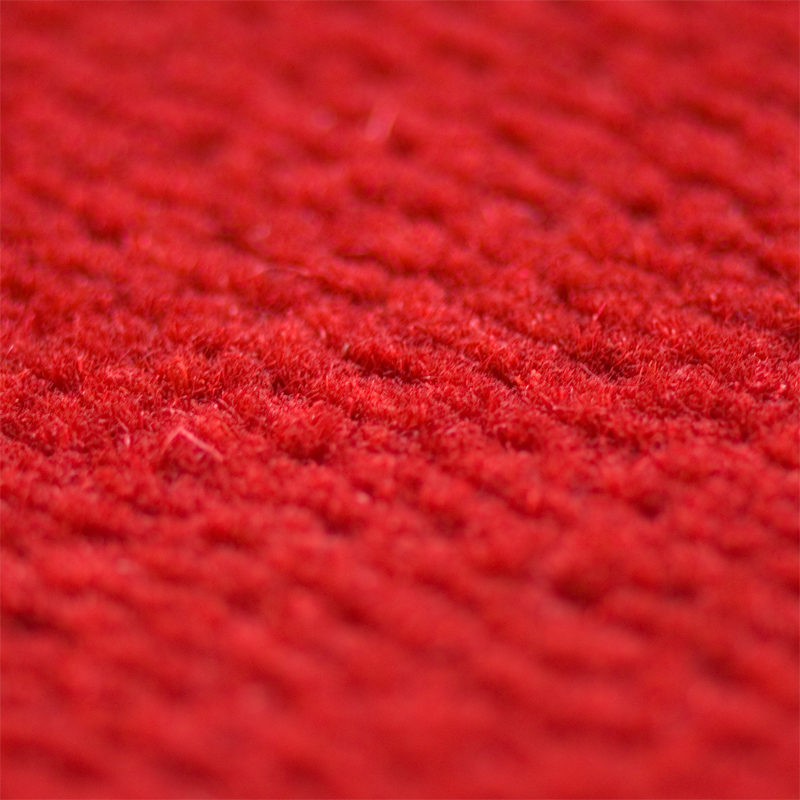Velvet is a type of woven tufted
fabric in which the cut
threads are evenly distributed, with a short dense
pile, giving it a distinctive feel.
The word 'velvety' is used as an adjective to mean "smooth like velvet." Velvet can be either synthetic or natural.
Velvet is woven on a special
loom that weaves two thicknesses of velvet at the same time. The two pieces are then cut apart to create the pile effect, and the two lengths of fabric are wound on separate take-up rolls. Velvet was expensive to make before industrial power looms became available.
Velvet pile is created by
warp or vertical yarns and
velveteen pile is created by
weft or fill yarns.
Velvet can be made from many different kinds of fibers, traditionally
silk.
Cotton can also be used, though this often results in a slightly less luxurious fabric. Velvet can also be made from fibers such as
linen,
mohair, and
wool.
More recently, synthetic velvets have been developed, mostly
polyester,
nylon,
viscose,
acetate, and mixtures of different synthetics, or synthetics and natural fibers (for example viscose mixed with silk). A small percentage of
spandex is sometimes added to give stretch.
 |
Velvet Loom
- Chiffon (or transparent) velvet: Very lightweight velvet on a sheer silk or rayon chiffon base.[2]
1920’s Velvet Chiffon and Gold Lamé Party Dress
- Ciselé: Velvet where the pile uses cut and uncut loops to create a pattern. Cisele velvet is a satin weave fabric. A velvet pattern is woven in
- .

- Crushed: This type of velvet can be produced by pressing the fabric down in different directions. It can also be produced by mechanically twisting the fabric while wet. The result is patterned appearance that is very lustrous.[3]
 
- Devoré or burnout. A velvet treated with a caustic solution to dissolve areas of the pile, creating a velvet pattern upon a sheer or lightweight base fabric.[3]Burn-out printing describes a process in which a fabric consisting of two differentfibers is treated with chemicals partly take away one fiber to create a structure on the surface of the fabric. For example, sculptured velvet is produced with this method.
- Embossed: A metal roller is used to heat-stamp the fabric, producing a pattern.[3]
- Hammered: This type is extremely lustrous, appears dappled, and somewhat crushed.[3]
- Lyons: A densely woven, stiff, heavier-weight pile velvet used for hats, coat collars and garments.Velvet originally made of silk in Lyons, France. Lyons is a thick, stiff velvet with a very short pile. Today, this type of velvet (often called Lyons-type) is made ofman-made fibers. It is used for home furnishings as well as for evening wear.

- Mirror: A type of exceptionally soft and light crushed velvet.[4]Velvet with the pile pressed flat to impart a shimmering appearance
- Nacré: Velvet with an effect similar to shot silk, where the pile is woven in one or more colours and the base fabric in another, creating a changeable, iridescent effect.[4][2]
- Panné: Also a type of crushed velvet, panné is produced by forcing the pile in a single direction by applying heavy pressure.[5] Sometimes, less frequently, called paon velvet.[6]
 
- Pile-on-pile: A particularly luxurious type of velvet woven with piles of differing heights to create a pattern.[7][8]

- Plain: Commonly made of cotton, this type of velvet has a firm hand and can be used for many purposes.[3]
- Utrecht: A pressed and crimped velvet associated with Utrecht, Holland.[2]
- Velveteen is a type of imitation velvet.[5] It is normally made of cotton or a combination of cotton and silk. It has a pile that is short (never more than 3mm deep), and is closely set. It has a firm hand and a slightly sloping pile. Unlike true velvet, this type has greater body, does not drape as easily, and has less sheen.[3]
khoon hoi
- Wedding ring or ring velvet: Another term for devoré and/or chiffon velvets which are allegedly fine enough to be drawn through a ring.
|

















No comments:
Post a Comment